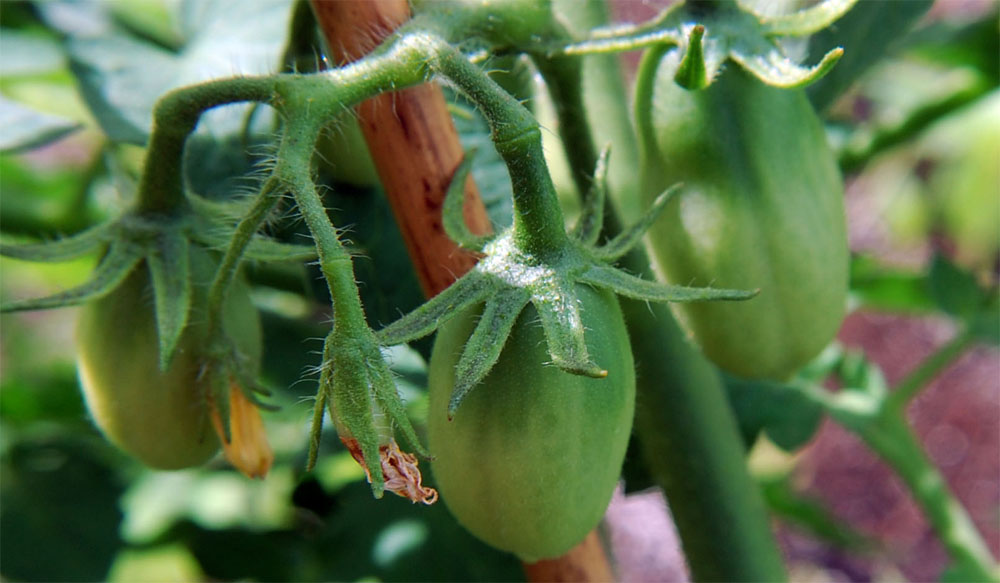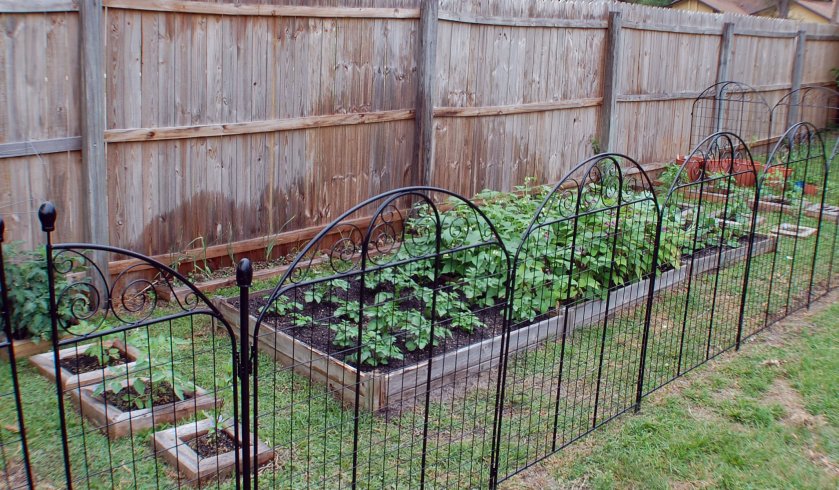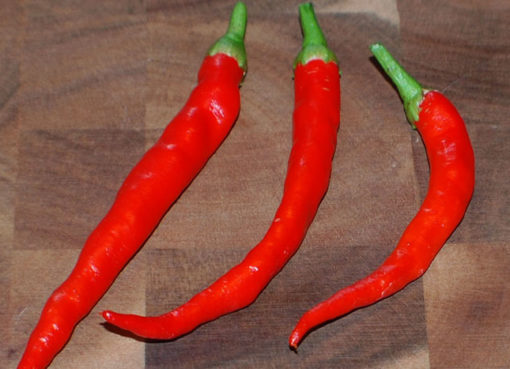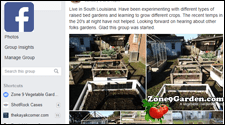This spring I had great success — actually my only success — with starting tomatoes indoors from seed. I am thrilled to now be equipped to start seedlings indoors every season for the rest of my life. This method is that good!
It’s a great feeling to see how strong and sturdy my little tomato plants became in just five weeks. They grew to be 16-inch transplants that earned a place in my backyard vegetable garden. And it was super fast once I invested time, energy and yes, some money, into my little system.
There are several important things to use for starting tomato indoors.
- Tomato seeds
- Seed tray with plastic dome lid
- Seedling heating mat
- Special potting mix
- Shop light with plant light tubes (next blog entry)
Today I’m telling you about the domed seed tray and heating mat. I got them together online as a “germination station.”
The tray allows you to fill it with your own potting mix, which I prefer to planting in peat pods. I’ve never had much luck with those.
My seed-starting tray has 72 holes that are 2 3/8 inch deep, allowing for a wonderful root system to feed and sustain each plant. This will be important when you transplant to larger containers.
You will fill the holes with potting mix formulated to grow good, strong seedlings. I have found two brands of special seed-starting mix at the big-box stores: Miracle-Gro Seed Starting Potting Mix (blue bag) and Jiffy Natural and Organic Seed Starting Mix (yellow bag). They’re well worth the $5 or $6 cost because they’re specially formulated to grow excellent seedlings. They come in 8-quart bags.
It takes about half a bag of the special soil to fill all the holes in my seedling tray. Dump the soil into a bucket and add water a little at a time. Go ahead and stick your hands down in there. Squish it through your fingers. The soil will need to be thoroughly wetted, but not more saturated than a wrung-out sponge. When you squeeze the soil you should see a few drops of water fall out, but that’s all. Put the evenly wetted soil into the seedling tray.
Read the seed packet to find out how deep to plant your tomato seeds. Generally it is 1/4 inch. Place a couple of seeds on top of each hole then cover with 1/4 inch of soil. Place the seed tray over the under-tray, which will catch any drips.
Now place the clear plastic dome over the tray. You are producing your own greenhouse effect. If it seems like the dome is “raining,” vent it a little. Check every day and water if necessary. With the heating mat underneath and the shop light overhead, you may need to water every day. Keep your seed holes from drying out, but don’t overwater. Checking the underlying tray for water will tell you if you are using too much water. If there’s a lot of water there, I wipe it out with a paper towel just to keep mold and disease at bay.
Once you have your seeds planted, put the domed tray on your seed-germination heating mat. I always second-guessed the people who suggested using a heating mat, but no longer!
The heating mat is a thin, sturdy, plastic-enclosed system that I keep plugged in 24/7 until the seedlings get too tall for their dome. The mat is so valuable in that it raises the temperature of the soil about 5 to 10 degrees above room temperature. I think I paid $40 for the “germination station” tray and heating mat. I consider this a very wise investment in that I will be able to buy a $3 packet of seeds instead of having to buy $3 to $5 transplants at the big-box store.
While there are many ways to start seeds indoors, my research and subsequent experience this season have shown one way to get great results.
Next up: How to use a shop light to grow seedlings





